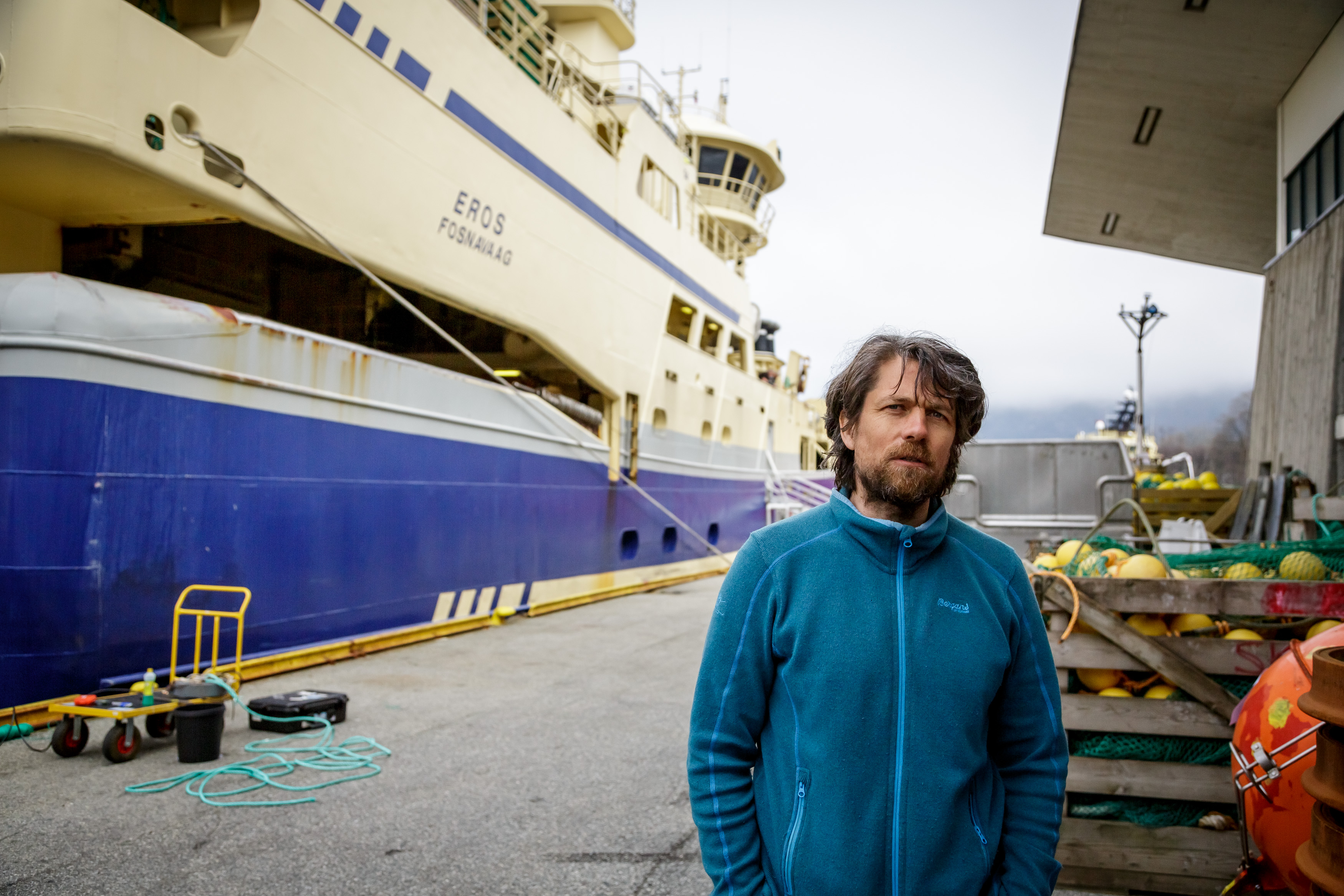LoVe ocean observatory fully operational
The ocean observatory is officially open. From the left: Christina Abildgaard, Espen Johnsen, Trine Danielsen, Sissel Rogne and Sture Pedersen.
Photo: Christine Fagerbakke / Institute of Marine ResearchPublished: 25.08.2020 Updated: 23.02.2022
Today, State Secretary Trine Danielsen opened the ocean observatory LoVe in the Vesterålen islands. The observatory collects data from a truly unique part of the Norwegian coast. Now a new data portal has been made available to everyone all over the world.
“I am very happy today, and I look forward to the exciting challenges we will meet ahead. This is the day to thank everyone who has contributed both with technology, funding, publishing and labor. Cheers for such a great cooperation”, says Sissel Rogne, CEO at Institute of Marine Research.
Broad collaboration
The first phase of the project began in 2013 as a collaboration between the Institute of Marine Research, Equinor and Metas. That involved putting out an observation platform by a coral reef off the village of Hovden in Bø Municipality in Vesterålen. That work was crucial to more funding being awarded to continue the project into phase II.
In 2015, the project received NOK 72 million in funding from the Research Council of Norway and several new partners. This has made it possible to install a total of seven observation platforms (nodes) covering the whole continental shelf from the coast out to the deep ocean.
“In due course, enormous amounts of data will become available. The observatory will send data about temperature conditions, currents, corals in the area and underwater sounds, as well as data from echo sounders”, says Espen Johnsen, the scientist managing the project.

Strong focus on echo sounders
No other underwater observatory focuses so strongly on echo sounders. In the long-term, the aim is that their data will inform fisheries management.
“They can help us to understand the dynamics and find out what lives in the water”, explains Johnsen.
This area has some of the most important spawning grounds for cod. Up to 60 percent of all juveniles and eggs of Norway’s commercial fish stocks start their lives drifting through the area.
In addition, the fishing industry and others will benefit from being able to see the data when the North East Arctic Cod migrate to Lofoten in the winter.
